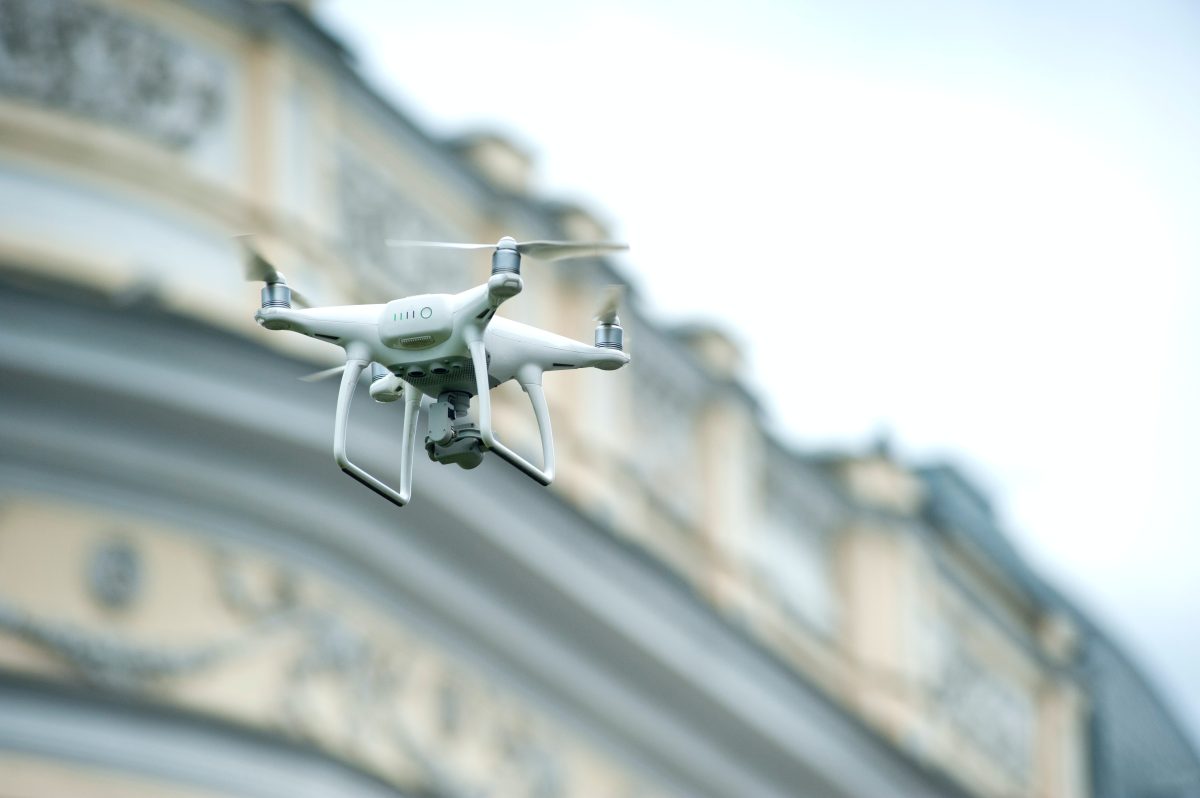The partnership has led to a reduction in quote turnaround times from an average of one day to just two hours.
Author: Retailist Magazine

Here, we speak to three brands who saved hundreds of thousands, or even millions of of dollars – and in many cases boosted sales – simply decreasing their stock holding costs.

As the technology becomes more readily available, robots and drones are no longer limited to military use. Both businesses and consumers now have access to the technology and we are just beginning to unlock the potential of robots and are already reaping the benefits.

48% of businesses are embarrassed by their website despite spending an average of $453,126 on marketing technology.

With an economic downturn looming and the threat of reduced spending increasing,
firms who overstocked during the pandemic are stuck – hoarding mountains of goods in their
warehouses that they can’t shift.

Winter weather can be just as damaging to your skin as the summer sun.

From chatbots to inventory management, AI is helping retailers make more informed decisions about merchandising.

Caden Lane has just reported a 132% growth rate – earning the company 4th place on Brightpearl’s annual Lightning 50 league table of the fastest growing online brands.

From electronics to clothing, consumers around the world want products that are more environmentally sustainable and ethically produced, including the jewelry they wear.

From chew toys to water fountains, these are the top dog gifts of the season.

 for the latest news and job opportunities in retail tech
for the latest news and job opportunities in retail tech 